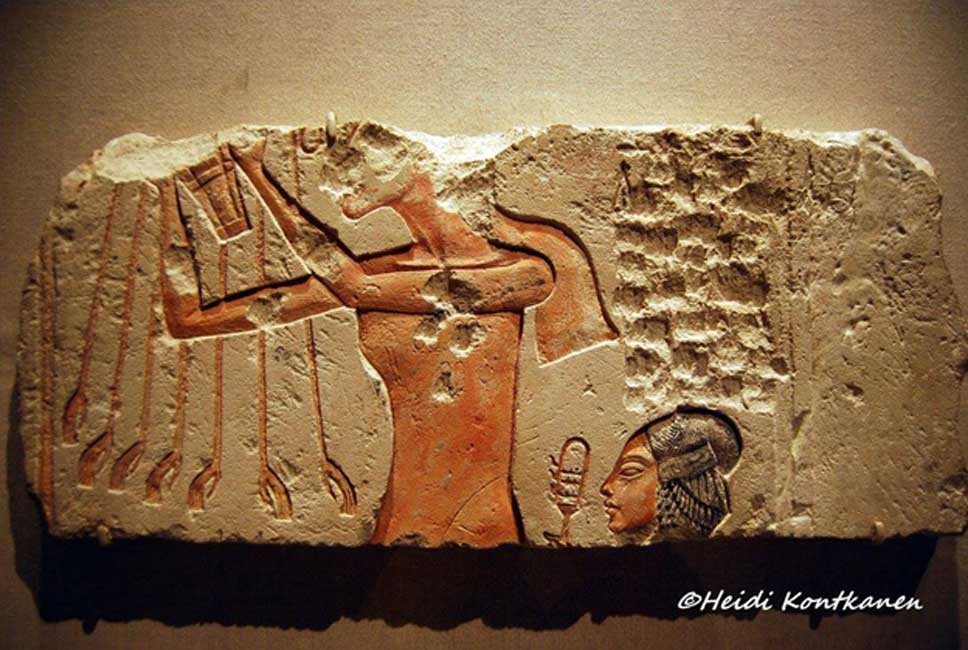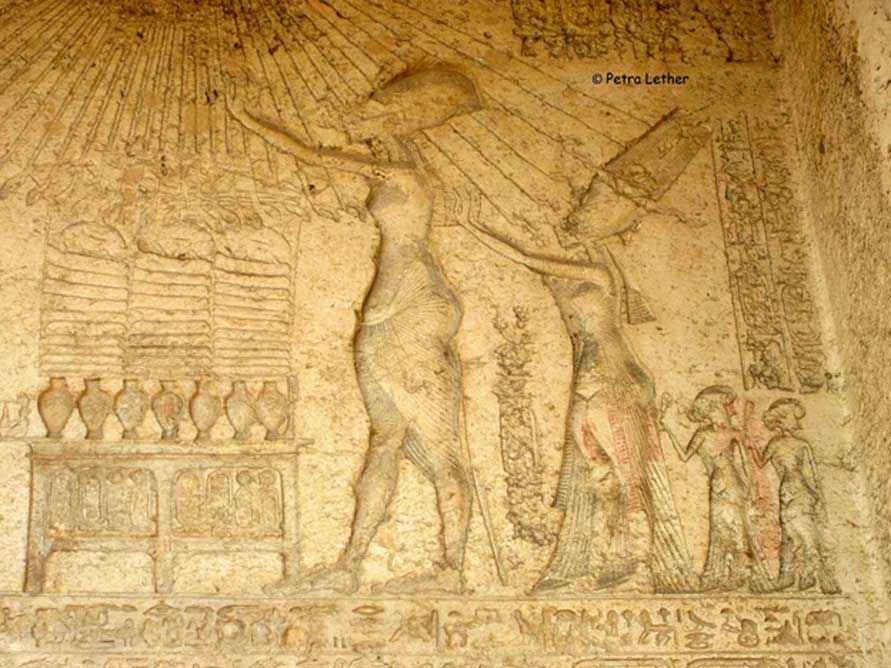
Was Meritaten the Ephemeral Ankhkheperure? Discovering the True Identity of Amarna’s Female Pharaoh – Part I
During the final years of the Atenist heresy, an obscure ruler came to the throne of Egypt. No one is certain about the identity of this person - especially if it was a man or a woman. Akhenaten’s reign continues to remain shrouded in mystery; in particular regarding a possible co-regency, and later, the independent rule of a female pharaoh; whom scholars believe was Nefertiti in the guise of Smenkhkare. But, could it be that the most favored daughter of the couple, Meritaten, took up the mantle of kingship as Ankhkheperure Neferneferuaten?

This sculptor's model, popularly known as the Wilbour Plaque, represents King Akhenaten and his consort Nefertiti in near-equal size - an unthinkable depiction in ancient Egyptian art. Brooklyn Museum, New York.
Royalty and Ritual: A Busy Childhood
There is no consensus on the exact nature, scope and scale of the tumultuous events witnessed during the Amarna interlude; a time when Pharaoh Neferkheperure-waenre Akhenaten accorded overwhelming prominence to the solar deity, the Aten. What experts do know, however, is that the king did not shirk from making bold statements through art. It is thanks to these extant representations that we have a reasonable understanding of the important figures at the royal court, because later monarchs obliterated almost all textual records pertaining to the ruling disposition of that era. Akhenaten was a quintessential family man who doted on his six daughters; all of whom are shown accompanying him and his Great Royal Wife, Nefertiti, in various domestic and stately settings. These depictions of familial bonding count among the rarest in Egyptian art.

A painted limestone block from Tell el-Amarna shows Akhenaten presenting a bouquet to the Aten; while his daughter, Meritaten, who wears her hair in an elaborate plaited sidelock symbolizing youth, shakes a sistrum. Brooklyn Museum, New York.
It is opined that Meritaten was born in the early years of Akhenaten’s reign before he embarked on his radical reforms. Soon thereafter, her father changed his nomen from Amenhotep IV, and Neferneferuaten was prefixed to Nefertiti’s name. At that time the royal family resided in the traditional capital, Thebes. Egyptologists state they lived within the confines of the vast temple complex that the king had constructed at Karnak. According to Dr James Allen, the earliest dated mention of Meritaten: “occurs in the Early Proclamation on Boundary Stelae K and X at Amarna, dated to Month 4 of Regnal Year 5”.

One of the many reliefs of this kind in the area; Akhenaten, Queen Nefertiti and their daughters Meritaten and Meketaten adore the Aten in this depiction on Boundary Stela ‘A’ in ancient Akhetaten. Tell el-Amarna.
At the sprawling Karnak Temple, Meritaten is shown alongside her mother in reliefs of a religious nature, in a structure called the Hwt–bnbn (Hwt benben or ‘The Mansion of the Benben stone’). She is portrayed with her younger sisters Meketaten and Ankhesenpaaten (later Ankhesenamun) in representations elsewhere in the complex; but still, Meritaten dominates the maximum number of such scenes. “One surprising feature of this temple is that Nefertiti and her daughter Meritaten are shown exclusively as the celebrants in cultic activities. The absence of Amenhotep IV is conspicuous in the scenes. Why the queen should be the one so closely connected to this temple inspired by Heliopolitan solar temples is a mystery,” notes James K. Hoffmeier.




